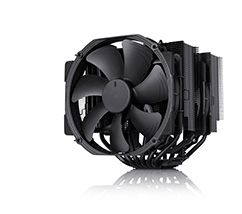justinroth
Well-known member
I recently started using my older (3 or 4 year old) PC rig after frustration over a 3080 laptop not performing. Asrock x299 Taichi CLX mobo, GeForce RTX3070 GPU, 64G RAM, intel core i9 10900x 3700. I was having issues with multiple installs of Trainz 2022+ a few days ago and decided to turn off the monitor. I came back and it was pretty much frozen. I restarted and it took 3 or 4 tries to boot, with the results-super laggy just on desktop and then it shut down. I figured it was a RAM issue so I ran memory test which got to 2% before the pc shut off again. Turned it off and came back the next day. Pulled all but one RAM module and it booted up and ran fine, replaced them 1 by 1 and it ran fine however it only showed half installed memory. Kinda weird? I then happened to bump part of the clamp that holds the heatsink for the water cooler and noticed it was suuuuper hot especially considering the comp had been on meer minutes. Now I discover an air filter in the front of the case for the water cooler so I clean that, clean the fans ect. Booted it back up and went into BIOS, the CPU temp shot up to 230 F withing about 20 seconds. I'm no expert but this is way too high. So now I don't know what the issue may be? This is the 1st PC I've had with a water cooler and I don't know how to trouble shoot that. Any suggestions or help? Is it the cooler or the CPU?

